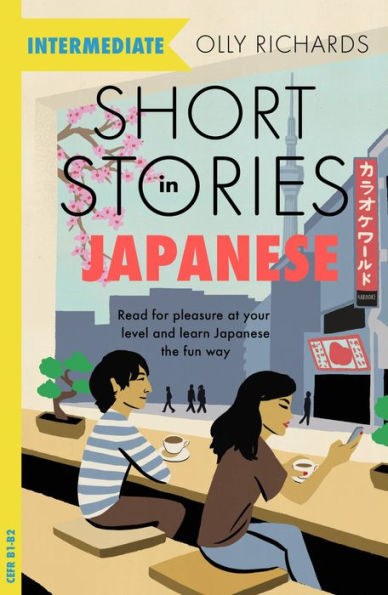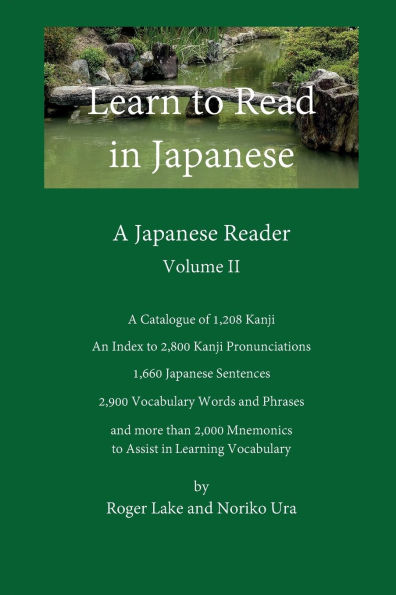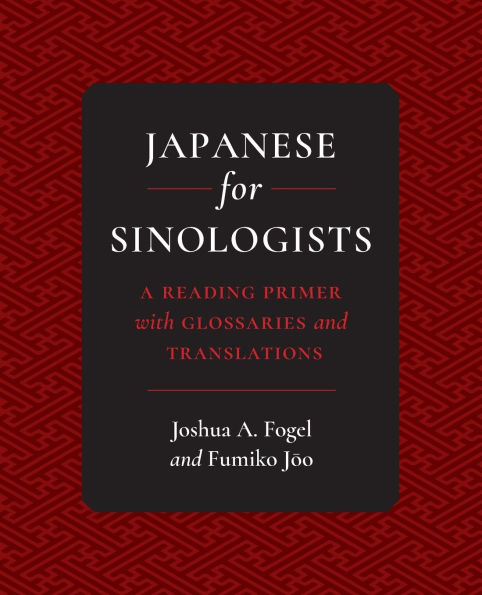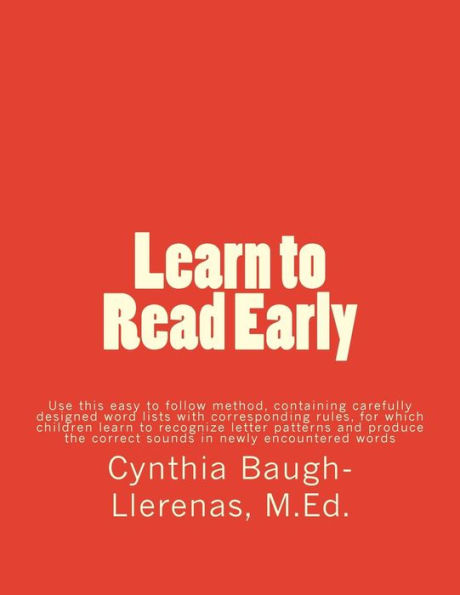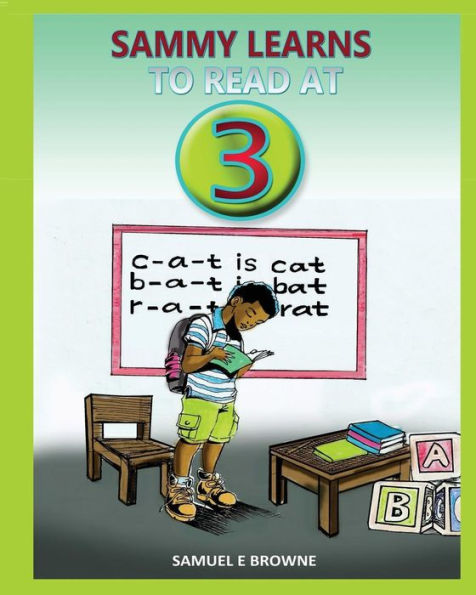Home
Learn to Read in Japanese, A Glossary
Barnes and Noble
Loading Inventory...
Learn to Read in Japanese, A Glossary in Bloomington, MN
Current price: $20.99


Learn to Read in Japanese, A Glossary in Bloomington, MN
Current price: $20.99
Loading Inventory...
Size: OS
Since each kanji character in the Japanese language is associated with its own unique vocabulary,
the study of kanji unavoidably requires that students learn many new Japanese words
. To help you organize and keep track of the new words that are introduced in our four
Learn to Read in Japanese
books, we have assembled this
companion glossary
.
The glossary lists more than
9,700 Japanese terms
that are used in the four books, and it provides
definitions
and
memory aides
for nearly every term. The memory aides are of
two types: explanations
which describe how the listed terms are derived from other known Japanese words, or when such explanations aren't possible,
mnemonics
to help you to remember the terms' definitions and pronunciations. The glossary also identifies more than 10,000
synonyms
(or at least "related terms") which make it possible for you to compare similar words side by side.
Of course, this glossary cannot replace a good Japanese dictionary, nor is it intended to do so. However, it includes thousands of
explanations
,
that you won't find in a standard dictionary, and it focuses precisely on the terms that you will encounter in the four
books. We think that it will help to make your Japanese study easier and more interesting.
the study of kanji unavoidably requires that students learn many new Japanese words
. To help you organize and keep track of the new words that are introduced in our four
Learn to Read in Japanese
books, we have assembled this
companion glossary
.
The glossary lists more than
9,700 Japanese terms
that are used in the four books, and it provides
definitions
and
memory aides
for nearly every term. The memory aides are of
two types: explanations
which describe how the listed terms are derived from other known Japanese words, or when such explanations aren't possible,
mnemonics
to help you to remember the terms' definitions and pronunciations. The glossary also identifies more than 10,000
synonyms
(or at least "related terms") which make it possible for you to compare similar words side by side.
Of course, this glossary cannot replace a good Japanese dictionary, nor is it intended to do so. However, it includes thousands of
explanations
,
that you won't find in a standard dictionary, and it focuses precisely on the terms that you will encounter in the four
books. We think that it will help to make your Japanese study easier and more interesting.
Since each kanji character in the Japanese language is associated with its own unique vocabulary,
the study of kanji unavoidably requires that students learn many new Japanese words
. To help you organize and keep track of the new words that are introduced in our four
Learn to Read in Japanese
books, we have assembled this
companion glossary
.
The glossary lists more than
9,700 Japanese terms
that are used in the four books, and it provides
definitions
and
memory aides
for nearly every term. The memory aides are of
two types: explanations
which describe how the listed terms are derived from other known Japanese words, or when such explanations aren't possible,
mnemonics
to help you to remember the terms' definitions and pronunciations. The glossary also identifies more than 10,000
synonyms
(or at least "related terms") which make it possible for you to compare similar words side by side.
Of course, this glossary cannot replace a good Japanese dictionary, nor is it intended to do so. However, it includes thousands of
explanations
,
that you won't find in a standard dictionary, and it focuses precisely on the terms that you will encounter in the four
books. We think that it will help to make your Japanese study easier and more interesting.
the study of kanji unavoidably requires that students learn many new Japanese words
. To help you organize and keep track of the new words that are introduced in our four
Learn to Read in Japanese
books, we have assembled this
companion glossary
.
The glossary lists more than
9,700 Japanese terms
that are used in the four books, and it provides
definitions
and
memory aides
for nearly every term. The memory aides are of
two types: explanations
which describe how the listed terms are derived from other known Japanese words, or when such explanations aren't possible,
mnemonics
to help you to remember the terms' definitions and pronunciations. The glossary also identifies more than 10,000
synonyms
(or at least "related terms") which make it possible for you to compare similar words side by side.
Of course, this glossary cannot replace a good Japanese dictionary, nor is it intended to do so. However, it includes thousands of
explanations
,
that you won't find in a standard dictionary, and it focuses precisely on the terms that you will encounter in the four
books. We think that it will help to make your Japanese study easier and more interesting.
